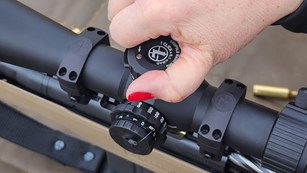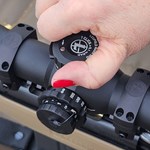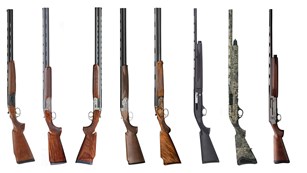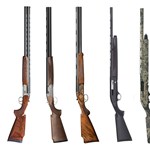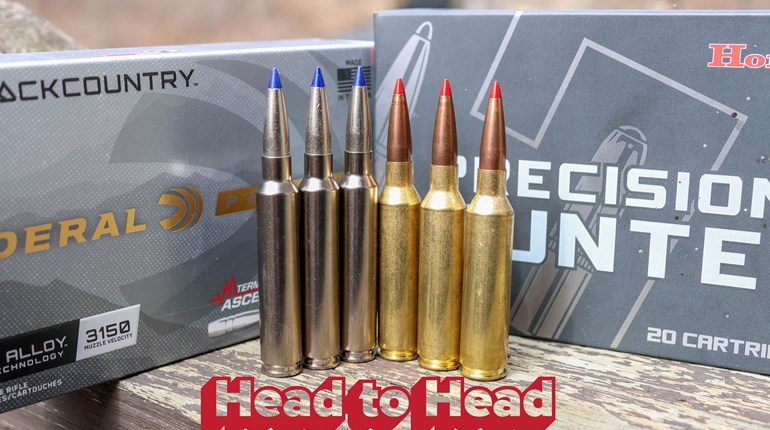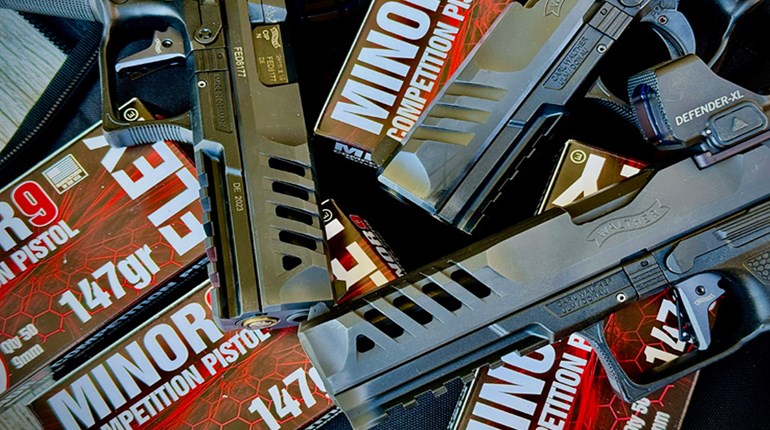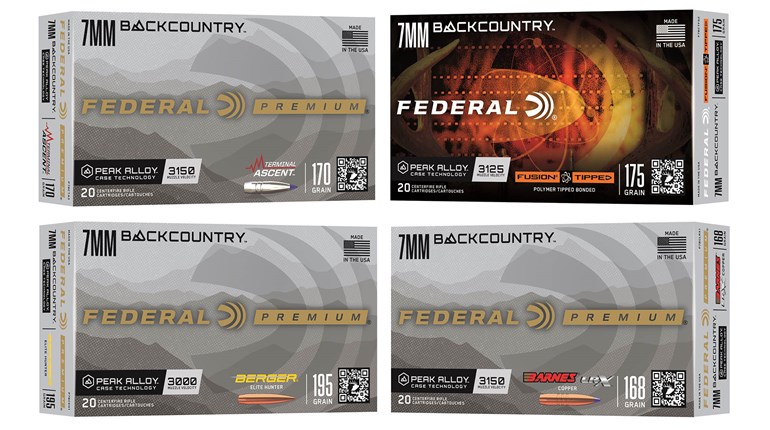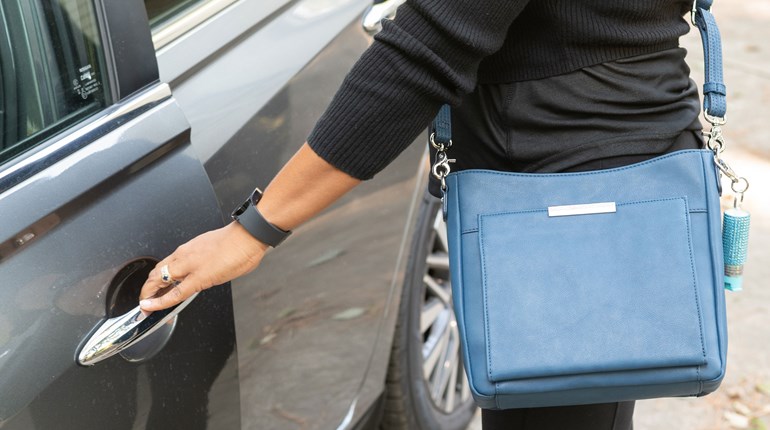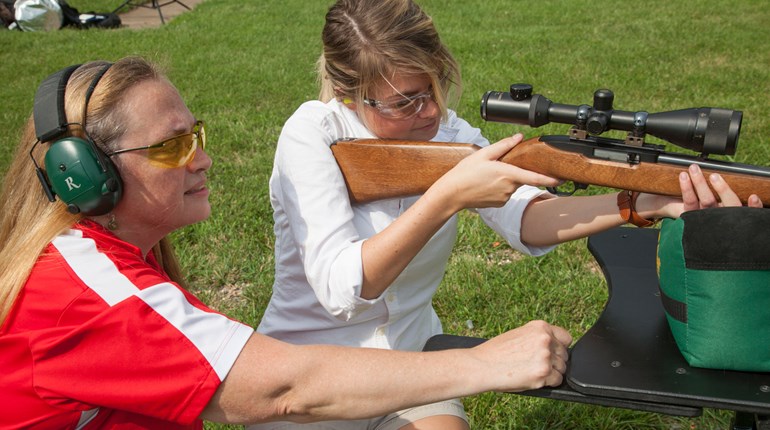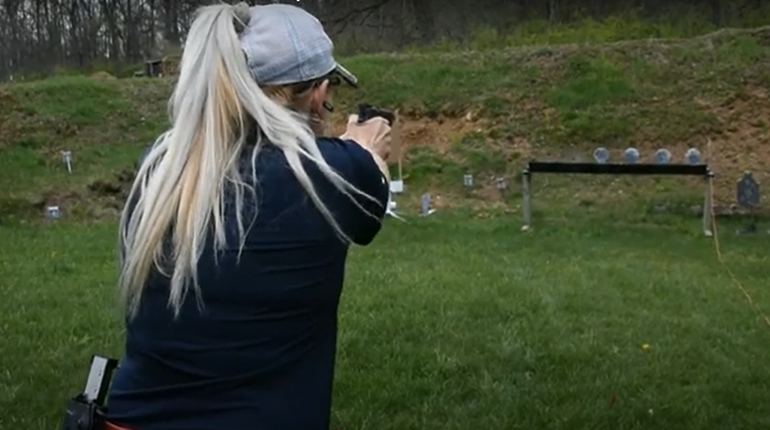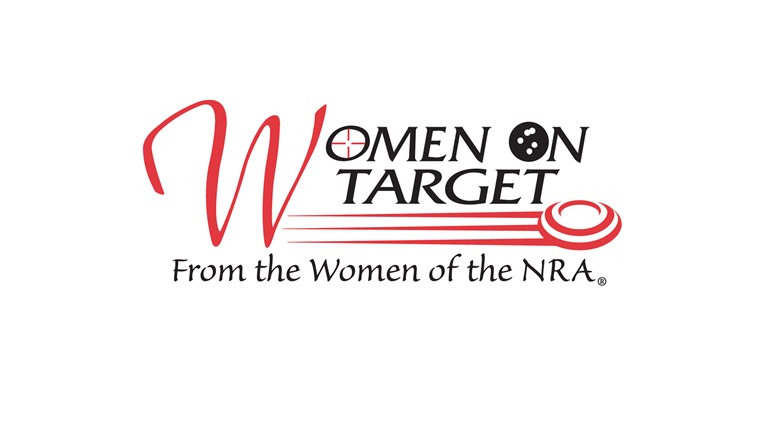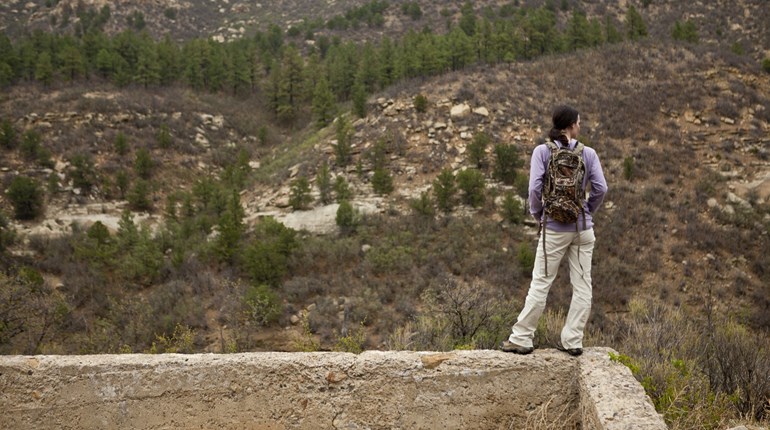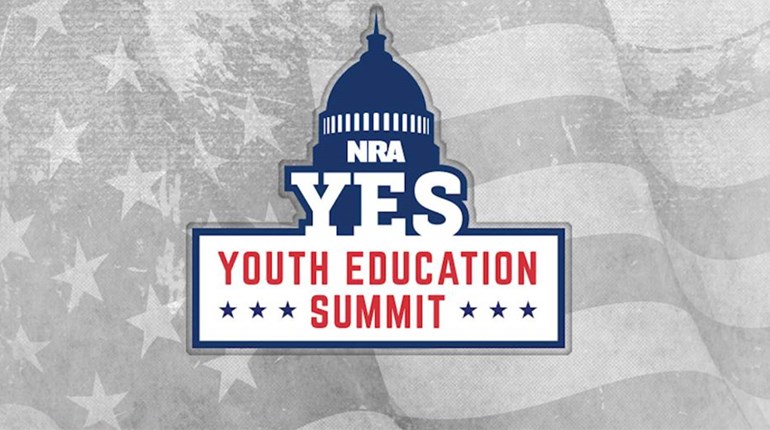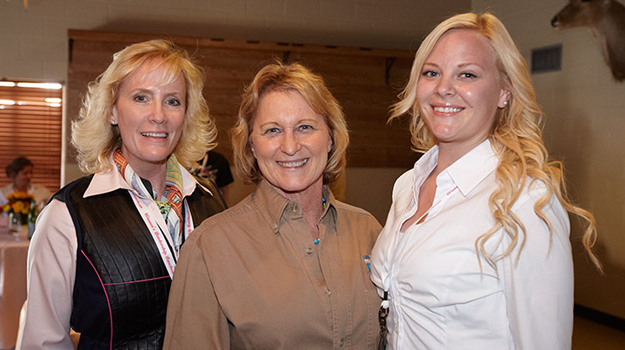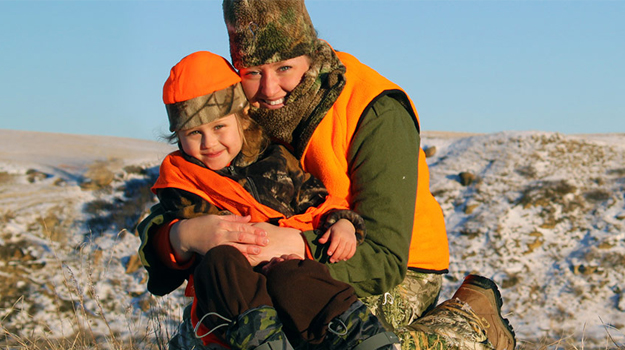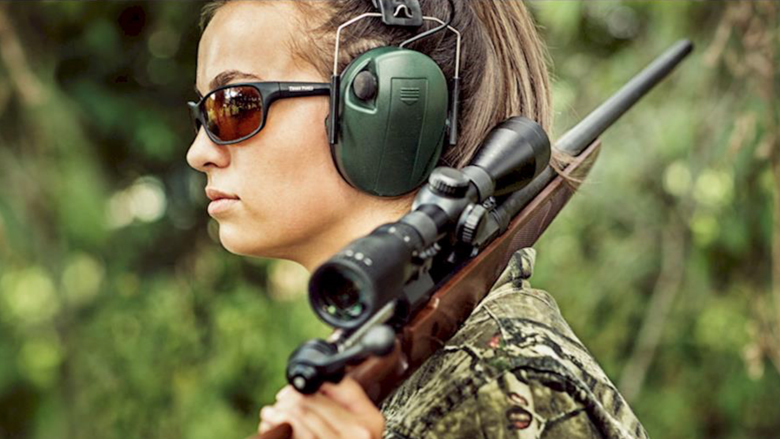
Although certain firearm fundamentals have become second nature to seasoned shooters, no detail should be overlooked when it comes to training first-time gun owners. If you have been designated a mentor for a friend or family member new to the gun-owning community, one of the most important safety precautions to teach (beyond the NRA gun safety rules) is making sure to use the proper ammunition for their particular firearm.
In general, this is not a difficult concept to impart. When it comes to selecting ammo, I recall the “Garanimals” line of children’s clothing popular in the 1970s and 80s that made it easy to shop for coordinating outfits through label matching. All garments with a “monkey” tag, for example, were color-coordinated and therefore a match. I don’t recall whether this was to make it easier for a parent to dress a child, or to enable a child to dress himself, but either way, the concept worked.
Ammo manufacturers have made it similarly easy: Pistols chambered in 9 mm are matched with 9 mm ammunition, which should be clearly marked on the manufacturer’s box. It seems like a no-brainer. Of course, there are other subtleties that will eventually be learned, like which bullet weight works best with a particular pistol and the differences between target ammo and defensive ammo. Those issues will resolve with more time on the range and with a higher level of interest in the particulars of one’s pistol.
However, there are nuances that both less-experienced shooters and seasoned shooters will encounter, as I was recently reminded.
As I was taking inventory of ammunition for use in our upcoming “Ladies Pistol Project,” a “mini” version of which will take place prior to the NRA Annual Meetings in Houston, I was confronted with the issue of not having enough ammo for the two revolvers that will be included in this particular study. Both are rated for .38 Spl. +P ammo.
The “P” stands for “pressure,” which correlates to the higher pressure of the +P ammunition now commonly found on store shelves. There is a lot of science behind this, and you can learn everything about pressures and other standards by going to the Sporting Arms and Ammunition Manufacturing Institute (SAAMI) website. To summarize, these overpressured rounds produce a higher internal pressure when fired than is standard for ammunition of its caliber, and will typically result in a higher muzzle velocity and, theoretically, stopping power.
After combing my stock both at work and home for +P, I struck out. Th e cupboards were bare. But here’s the thing: Just because a pistol or revolver is +P rated, +P ammo is not required. Standard .38 Spl. factory target loads are perfectly adequate—especially for the purposes of my Houston event, which is to survey women on which handguns they can best manipulate and fire. In fact, the non-+P load is probably the most benevolent of the offerings, since the ladies will be firing 14 guns in total throughout the day.
e cupboards were bare. But here’s the thing: Just because a pistol or revolver is +P rated, +P ammo is not required. Standard .38 Spl. factory target loads are perfectly adequate—especially for the purposes of my Houston event, which is to survey women on which handguns they can best manipulate and fire. In fact, the non-+P load is probably the most benevolent of the offerings, since the ladies will be firing 14 guns in total throughout the day.
However, it is important not to reverse the logic with +P ammo, or any other that is not specifically designed for a particular chambering. In other words, you shouldn’t regularly use +P rounds in guns not identified as being able to handle the pressure. There is debate on whether this could create a dangerous situation, but the caution exists primarily because repeated firing of these higher-pressure loads in a gun not built for them will cause significant premature wear of the gun's internal workings, or weaken the frame, even rendering the pistol permanently damaged.
All such information and more can be found in the owner’s manual that comes with each firearm, and new gun owners should be strongly encouraged to review theirs for firearm-specific requirements or warnings. If a physical copy of the manual is not available (for an older, used gun, for example), most manufacturers have supplied them online.
Another scenario that revolver owners will learn is that .38 Spl. ammo can be fired through a .357 chambering. Of course, the reverse is not true: .357 Mag. is unable to be loaded into a gun chambered for .38 Spl. Although the bullet diameter is the same, the .357 cartridge is longer, so it simply will not fit. It makes perfect sense to the experienced, but to a novice shooter, not so much.
When I first started shooting handguns many years ago, the differences in ammo measurements and barrel chamberings confounded me. The first handgun I ever fired was a 6" .357 Mag. Colt Python, which belonged to my husband. He told me he was loading it with .38 Spl. though, so I shouldn’t worry too much about the recoil … . I had no clue what he was talking about and why he would load a different caliber into a gun that was designed for something else. Decades later I have since learned a lot about this topic, and Winchester does a great job of explaining it in this blog post. In the days when I started shooting, however, the Internet did not exist, and I relied on other experienced shooters to teach me this type of information.
These days new gun owners have all the advantages of the information now posted on the web, where they can simply type in a question and wade through more than enough "expert" information on even the most complicated of subjects.
And while that searched-for advice might yield technical answers, it cannot replace the human factor when it comes to teaching and welcoming those new to gun ownership. It is beneficial to new shooters that we never forget what it was like to be newbies. I recall feeling lost in world of nomenclature and vocabulary that I did not understand, let alone know how it applied to an enjoyable day at the range or my personal safety. While these days I have no problem asking for advice and welcoming instruction so I can continue to progress in my knowledge and improve my performance, there was a time when admittedly I felt awkward asking questions that would expose my ignorance or naivety on a certain topic.
That is why it is incumbent on the veterans of the firearm world to treat each new gun owner as if he or she is thirsty for information, and never assume that because they don’t ask a question that they already know the answer.
Women historically have been referred to revolvers chambered in .38 Spl. as a platform that would be “good” for them. While that may or may not be true, she first must be educated on the proper care and feeding of that revolver, including whether it is able "to +P” or not “+P.”


